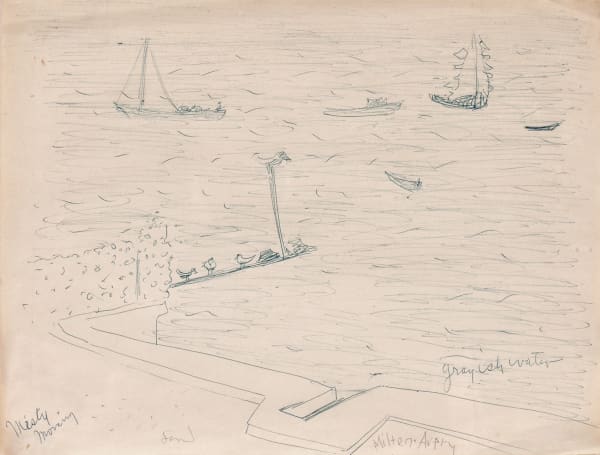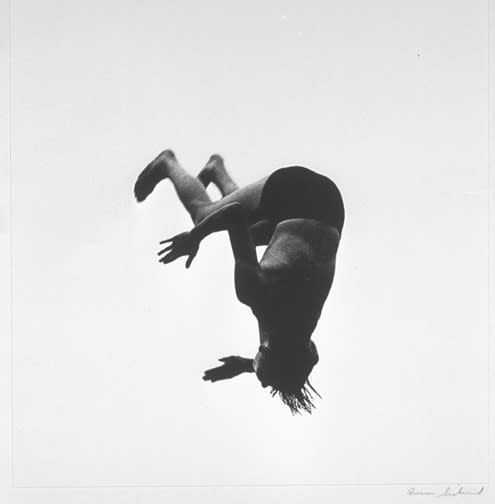Milton Avery American, 1885-1965
Milton Avery was raised in the rolling hills of rural New England at the turn of the twentieth century. He began his career at the Connecticut League of Art Students in Hartford under the American portraitist Charles Noel Flagg, and later studied at the Art Society School under landscape painter Albertus Jones. Avery moved to New York as an adult in 1925. Although he maintained a studio in the city throughout his career, he continued to travel back to the New England coast to sketch the landscape from life.
Avery used expressionistic colours and simplified forms (influenced by European avant-garde artists including Ernst Ludwig Kirchner and Henri Matisse) to create his thoughtful, evocative paintings. “Metamorphosis of representational elements into flat, interlocking shapes of homogeneous color formed the basis of [Avery’s] mature work” (Haskell, 1982, p. 49). His technique of layering colours to create saturated yet atmospheric fields directly influenced his friend Mark Rothko. However, Avery maintained a lifelong interest in representation, and his works give viewers a window into a richly-textured yet private life. He described his hobbies as “pool – mystery stories – hiking – beach-combing – reading aloud – whistling.”
Throughout the late 1950s Avery spent his summers on the East Coast in Provincetown, Massachusetts. There he completed a number of drawings of his wife and daughter, friends, landscapes, and seascapes, including Misty Morning (ca. 1957-1960). He would go back and paint from these sketches in his studio throughout the year. In 1959 Avery described sketching on “my deck facing Provincetown bay. The water was moody... Across the bay the lights of Wellfleet were a row of buttons on the horizon… It made magic.”
Avery was the subject of solo exhibitions at a number of prominent galleries and public institutions during his lifetime, including Durand-Ruel Gallery, New York; Knoedler Gallery, New York; The Institute of Contemporary Art, Boston; the Wadsworth Atheneum, Hartford; Felix Landau Gallery, Los Angeles; Lunn Gallery, Washington, D.C.; and the Whitney Museum of American Art, New York.
Avery’s works are held in the collections of the Metropolitan Museum of Art, New York; the Albright-Knox, Buffalo; MoMA, New York; the Brooklyn Museum, New York; the Fine Arts Museums of San Francisco; the Hirschhorn Museum, Washington, D.C.; the National Gallery, Washington, D.C.; and Tate Modern, London; among other public and private collections.



